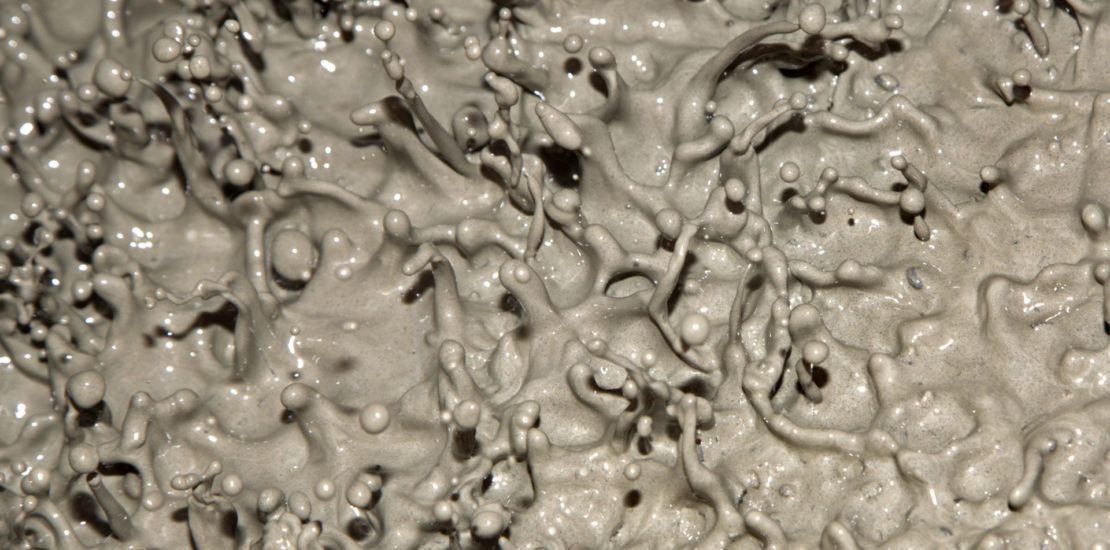- 23. September 2022
- Posted by: matej.beres
- Categories: Articles, News

We define sediments as solid mineral materials such as gravel, sand and also as particles of biological material – the remains of fallen leaves.
The dynamics of sediments consists of three processes: creation, or entry of sediments into the environment, movement, and deposition of sediments.
Sediments enter the aquatic environment most often due to erosion. The solid particles are subsequently washed away down the river. According to the type of movement, sediments can be divided into two categories. The first is fine-grained sediments such as sand, loam, and clay, with a particle diameter of less than 2 mm. The second category is sediments of a larger fraction, such as gravel and stones, which are carried along the bottom of the river-basin by the current of water.
As a result of abrasion, along the water course in the direction from the source to the delta, the grain size of the sediments is significantly reduced. Formation, movement, and deposition of sediments are influenced by geomorphological, meteorological, hydrological, and ecological factors. The geological composition of the basin (the type of rock present) affects the movement, shape, hardness, grain size and chemical composition of the sediment. Topography, especially the shape and slope of the stream, also plays an important role. A greater slope equals a greater movement of sediments. The supply of sediments to the aquatic environment at higher elevations is caused by erosion of the river-basin, landslides, and fractures.
The largest supply of sediments is related to heavy rain, which saturates the soil and reduces its cohesion. Infiltration and the ratio between total rainfall and runoff are influenced by several factors. Besides saturation of the soil with water, the soil type and root system are important. The roots of the vegetation keep the soil permeable, thus ensuring faster absorption of rain. Runoff, slope, and structure of the alluvium are key in the process of bottom disturbance, water column depth, and runoff velocity. The movement of sediments changes depending on the season according to the rainfall and runoff conditions of the given basin.
The formation and movement of sediments usually starts suddenly, for example during torrential rain. The transferred sediments will remain in the new place for varying lengths of time in the form of islands. The supply of sediments creates a new or destroys the existing biotope in the river and its surroundings. There is a vertical exchange of water between surface water and groundwater, which has a significant effect on water temperature. Groundwater springs are generally cooler in summer and warmer in winter compared to the rest of the water in the vicinity. The vertical connection depends on the composition, grain size and thickness of the bottom. If there is a large amount of fine sediment, this connection is limited due to clogging of the pores of the bottom, resulting in colmatage.

